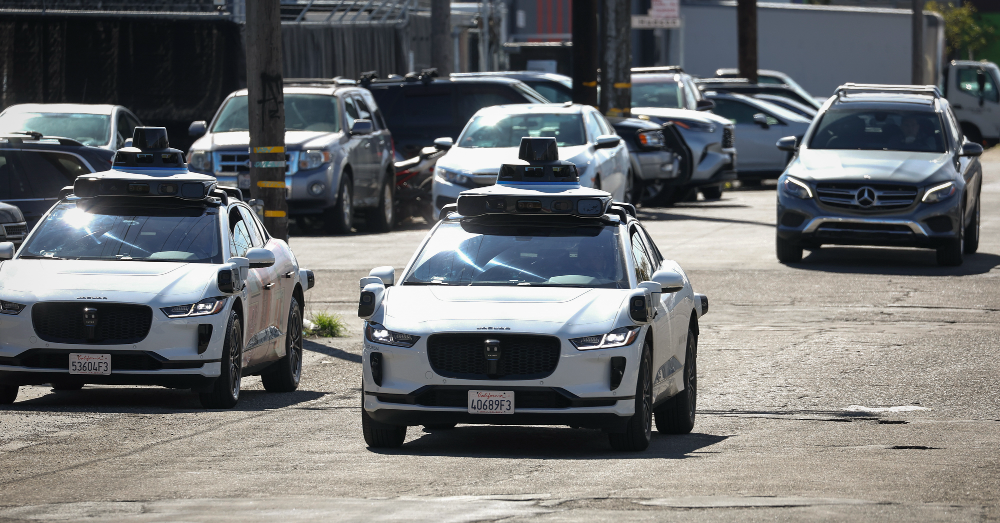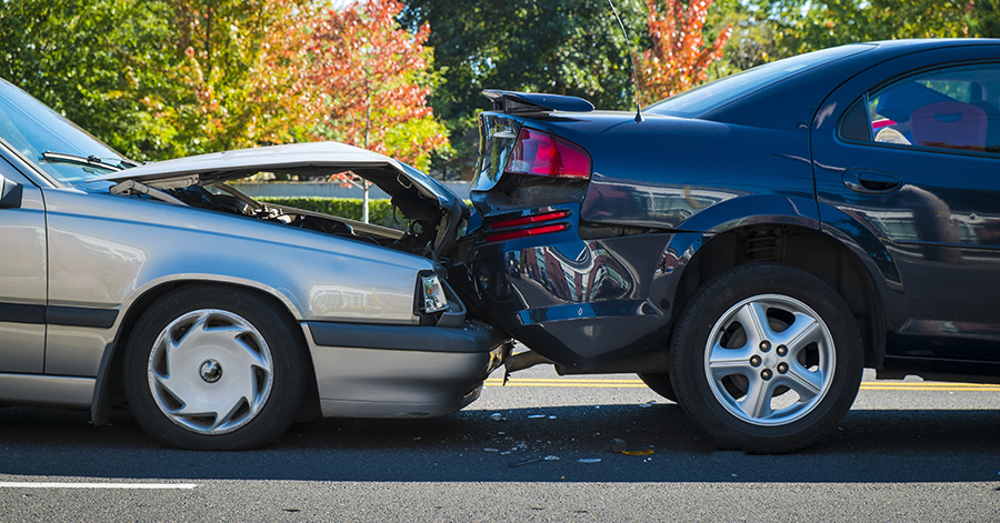
Are the NHTSA and Tesla at Odds Over Vehicle Technology and Safety?
Before you can make an omelet, you’ve got to break some eggs but no one want automotive companies taking safety risks. Has Tesla gained the ire of the NHTSA?
Unfortunately for the Silicon Valley EV automaker, the advanced safety system installed in Tesla models is part of a deep investigation into issues with the Autopilot system. This system has always been advertised as a partially self-driving system, but the name and its effective functions have some drivers using it wrong.
How Many Crashes Does it Take?
The specific number of crashes involving injuries is much higher than what the NHTSA is looking into, but the crashes they are investigating involve certain types of vehicles. In sixteen cases, Tesla vehicles crashed into emergency vehicles. Is the Autopilot system made to seek out these vehicles, or is there a flaw in the programming that causes the system to be confused and fail when these vehicles with warning signs on them are in view?
These sixteen crashes resulted in fifteen injuries and one death. The investigation could impact more than 830,000 vehicles, which is nearly all of the models sold in the United States since the start of the 2014 model year.
Are These Crashes the Fault of Tesla or the Drivers?
As the NHTSA investigates Tesla and these crashes with emergency vehicles, we’ll learn more about how the Autopilot system worked and whether or not it needs to be changed. We already know that in most of these crashes, the vehicle issued forward collision alerts to the driver before the impact. In half of the cases, the automatic emergency braking system slowed the cars before the crash.
The biggest issue is that Autopilot gave up control of the vehicle less than a second before the crash in most of these cases. Of course, if the driver were paying attention, which they are supposed to do, these crashes could have been avoided altogether.
What Should Tesla Do?
The investigation results will likely tell us what Tesla should do to fix some of these problems. Investigators found that in most cases, the drivers had their hands on the steering wheel, which is a requirement of the Autopilot system, but their failure to take action to avoid the crash indicates they were otherwise occupied. In the crashes with the emergency vehicles, drivers should have seen the vehicles eight seconds before impact, which would have been plenty of time to respond and take evasive action to avoid a crash.
The Autopilot System Isn’t All that’s Plaguing Tesla
While the NHTSA investigates the seriousness of the Tesla crashes, the EV manufacturer has issued a recall of nearly 1.1 million models. These vehicles have a window automatic reversing system that might not react appropriately to obstructions, which can increase the risk of injury. This recall will be fixed with an over-the-air software update for the automatic window reversal system. The recall covers some Model 3 vehicles from 2017-2022, Model Y vehicles from 2020-2021, and Model S and Model X vehicles from 2021-2022.
Window Pinching is Supposed to be a Thing of the Past
Older vehicles had windows that didn’t have an automatic reversing function when obstacles were detected. All of the Tesla vehicles are modern and should have this feature as part of the standard equipment. The NHTSA reports these windows could exert excessive force before retracting, which increases the risk of injury. If they are equipped with the reversing function, it’s possible Tesla will only need to dial back the force at which these windows raise before reversing.
Extensive testing by Tesla showed the vehicle’s pinch detection and retraction performance did not meet the automatic reversal systems requirements. Vehicles in the pre-delivery and production phase received a software update that allows the power-operated window operation to meet these requirements.
Phantom Braking is Another Problem Faced by Tesla
Another part of the NHTSA investigations into Tesla vehicles is the reports and complaints of phantom braking. This is a phenomenon that occurs when the Autopilot system is controlling the car, and the vehicle suddenly begins to brake and come to a stop. Currently, more than 400,000 Model 3 and Model Y vehicles are part of this investigation. Tesla is certainly keeping the NHTSA busy.
Could Phantom Braking be a Driver Problem?
The Tesla Autopilot system is made to stop functioning when the driver doesn’t meet specific requirements that show they are paying attention to the drive. Is it possible that when the Autopilot stops working, the phantom braking begins? We won’t know for sure until the NHTSA is done with its investigation into this issue. If this problem isn’t really a problem, but a driver error, what will happen to the Autopilot system in Tesla vehicles?
Is Tesla at Odds with Investigators?
While it might appear that Tesla has several problems with its electronics and programming, the company continues to comply with investigators to help get to the heart of the issues. The Tesla Autopilot system isn’t made to be an autonomous driving system, but some drivers have reported feeling so comfortable with this system that they will completely lose focus while driving.
This is not a good thing. Even though people should be comfortable while driving and these semi-autonomous systems give drivers a short break in the action, they need to require drivers to pay attention.
What’s the Greatest Challenge for the NHTSA?
Tesla isn’t the only company with a semi-autonomous driving system, but their system is under investigation by the NHTSA. The Ford BlueCruise and GM Super Cruise systems are still fairly new and haven’t met the ire of this government agency yet. Both the Ford and GM systems only function on mapped-out roads, while the Tesla system is supposed to work on any road with lines and markings. Could changes be required by Tesla, or do we need to take a step backward and take these automated systems away from drivers?
How will Tesla fix the Autopilot system, troubles with the automatic windows, and phantom braking to ensure drivers are safe and secure? You can bet they’re hard at work fixing these issues while waiting for the results of the NHTSA investigations.
This post may contain affiliate links. Meaning a commission is given should you decide to make a purchase through these links, at no cost to you. All products shown are researched and tested to give an accurate review for you.



